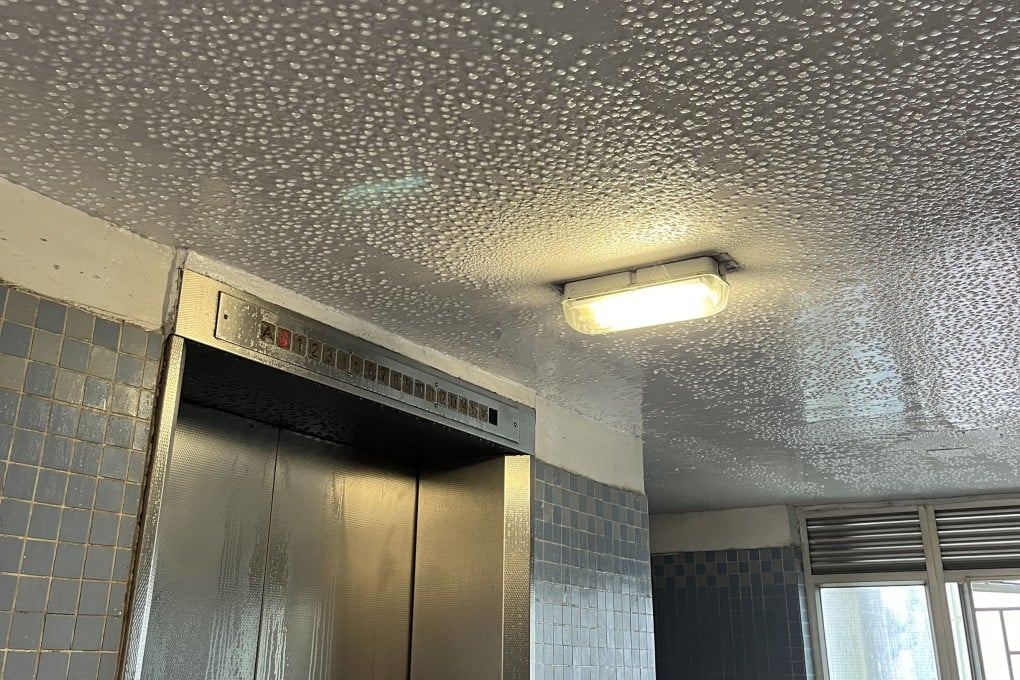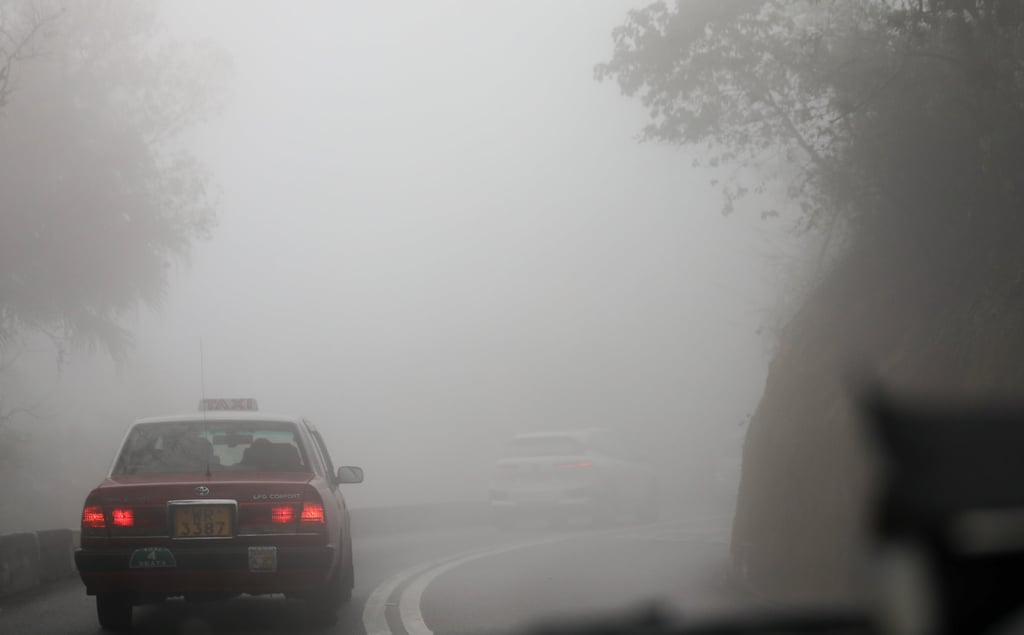Advertisement
Explainer | Slippery floors, water droplets on walls give Hong Kong residents plenty to sweat about. How do you beat soaring humidity levels? Here’s a guide
- Advice on how to deal with damp as humidity levels hit 100 per cent and moisture accumulates
- Forecasters say relief is in sight and humidity expected to start to drop after Wednesday morning
Reading Time:3 minutes
Why you can trust SCMP
2

People could smell it in the air and even see it – the arrival of springtime in Hong Kong is heralded by a surge in humidity and residents woke up on Tuesday to slippery floors and walls dotted with water droplets.
As the city hit 100 per cent relative humidity and people complained about the moisture-laden atmosphere, the Post explains why Hong Kong turns damp every year and what to look out for.
1. What is relative humidity and what does 100 per cent mean?
Relative humidity is a measure of the amount of water vapour in the air compared with the maximum amount of moisture that can exist in it at a set temperature.
When the relative humidity reaches 100 per cent, this means the air is saturated with moisture.
If the air cools under these conditions, fog and clouds form as water vapour condenses.

2. Why does Hong Kong get so humid during spring?
Advertisement